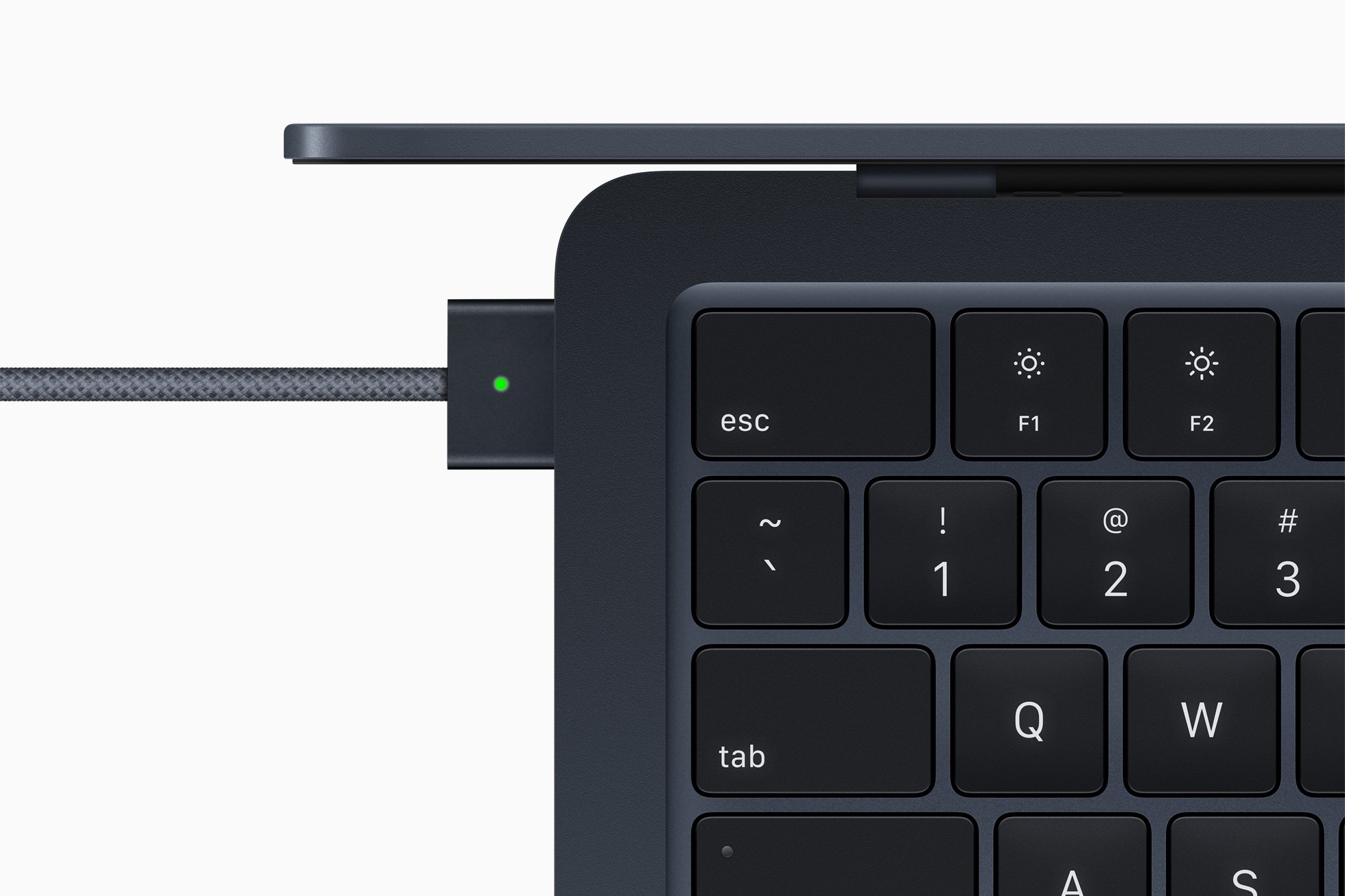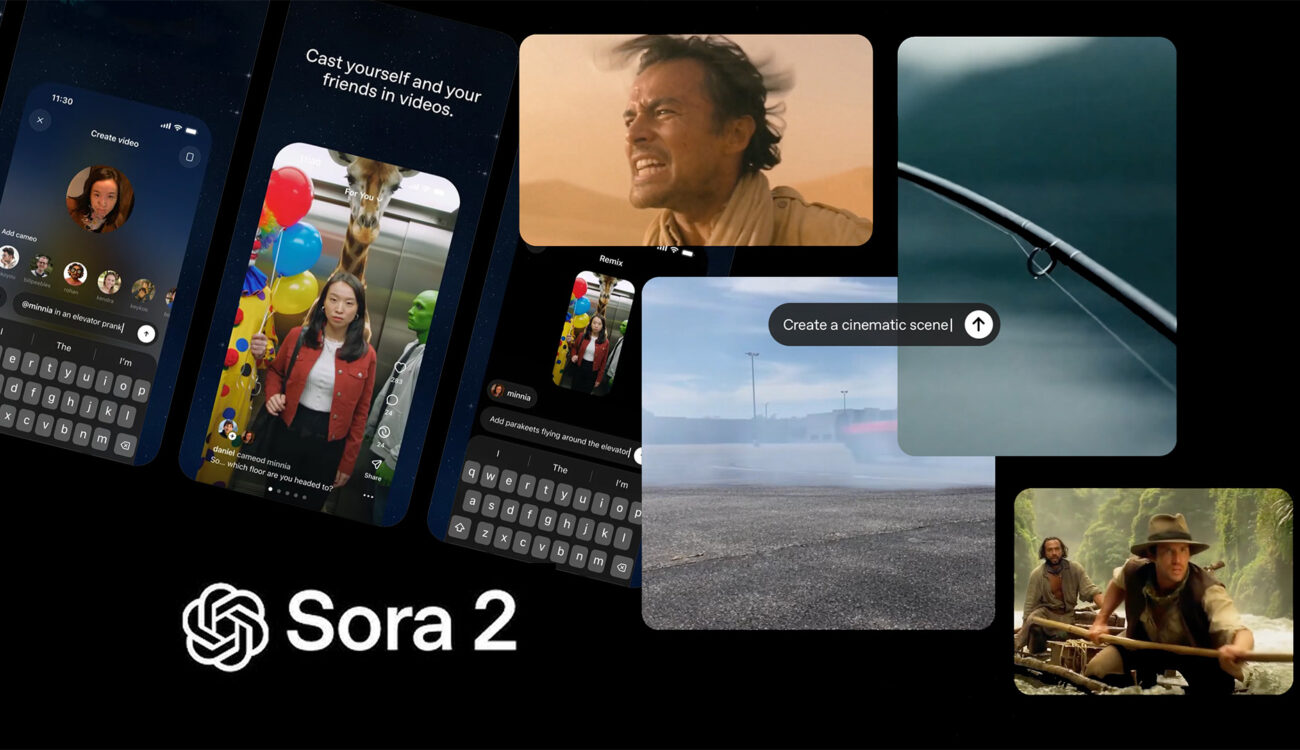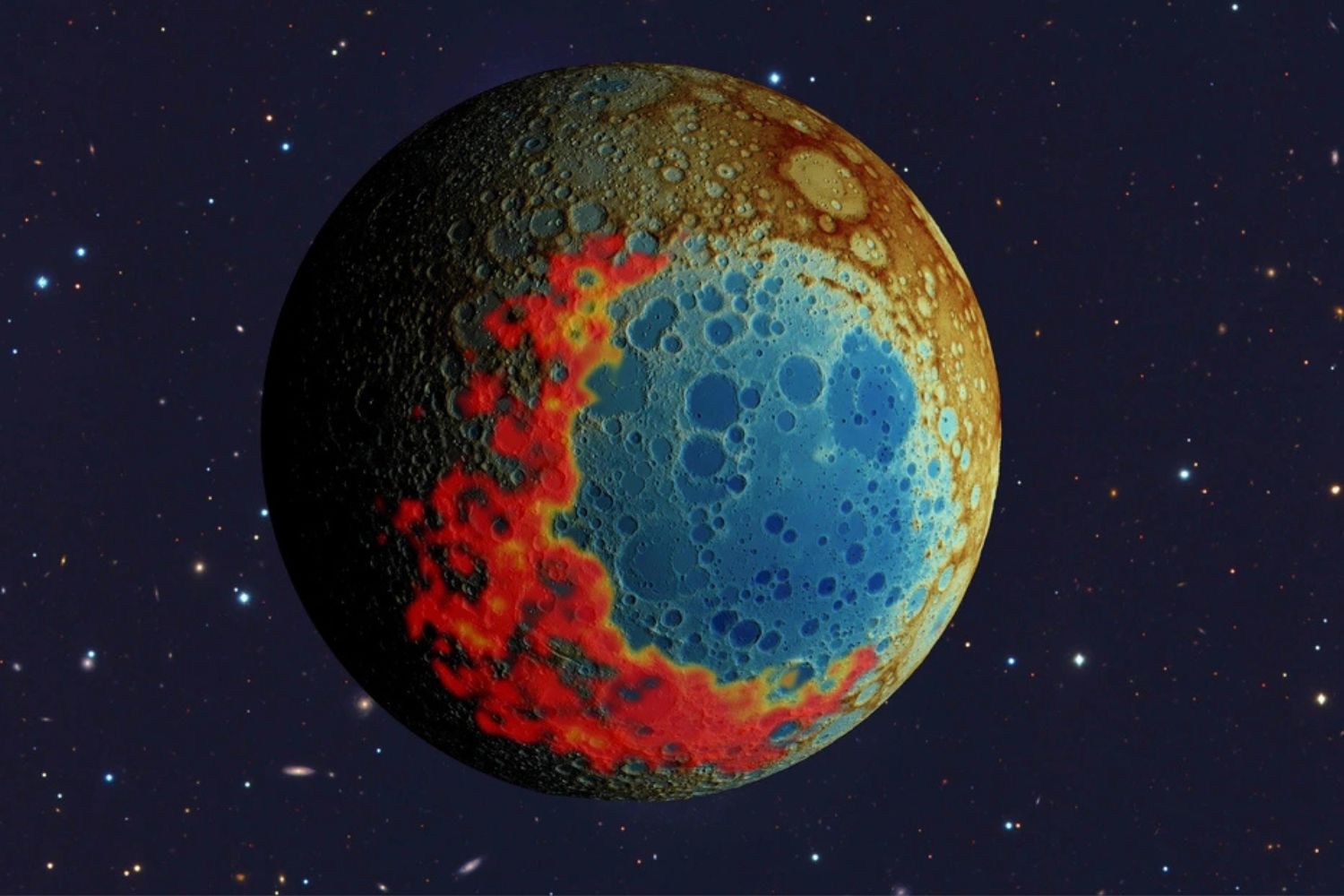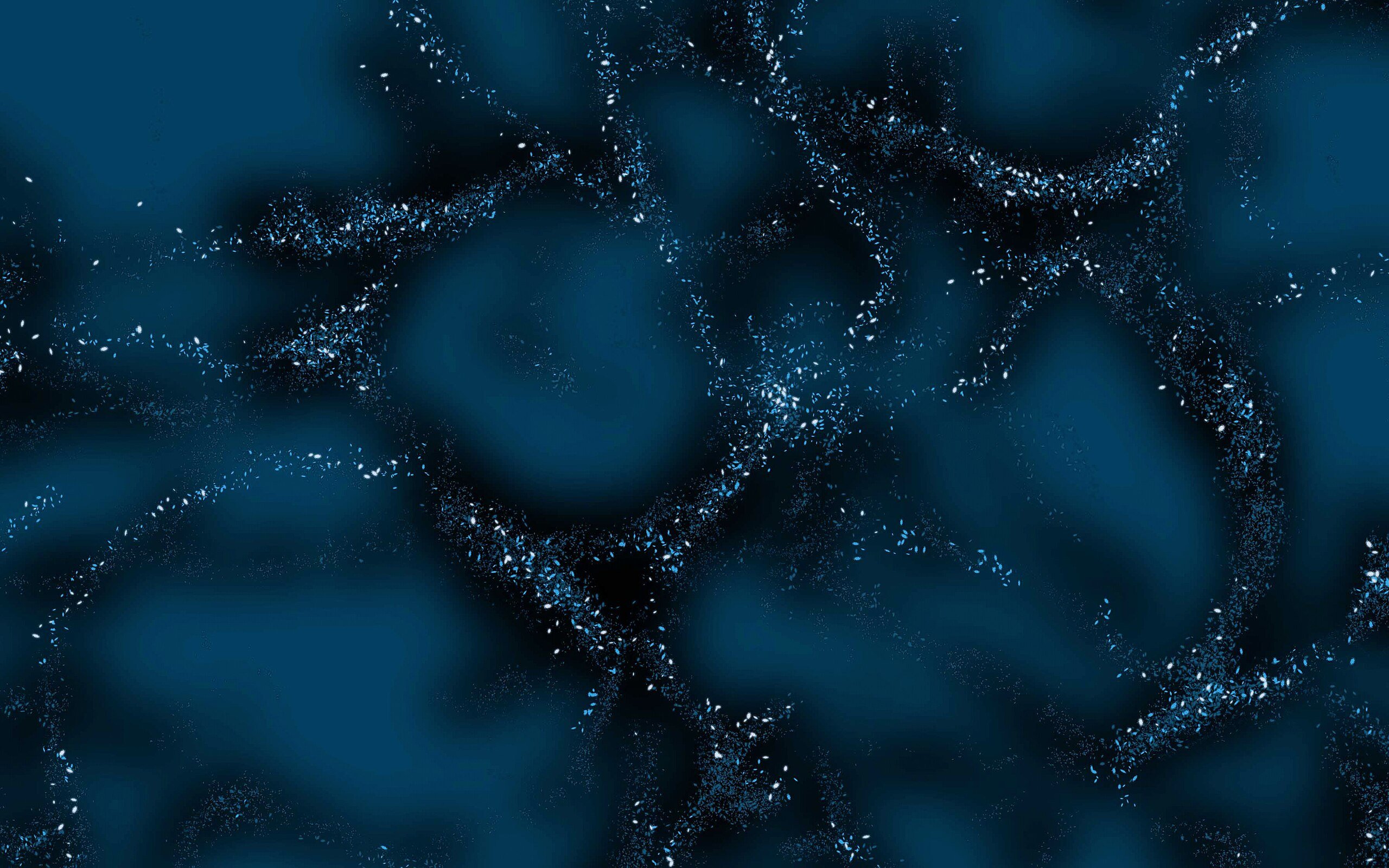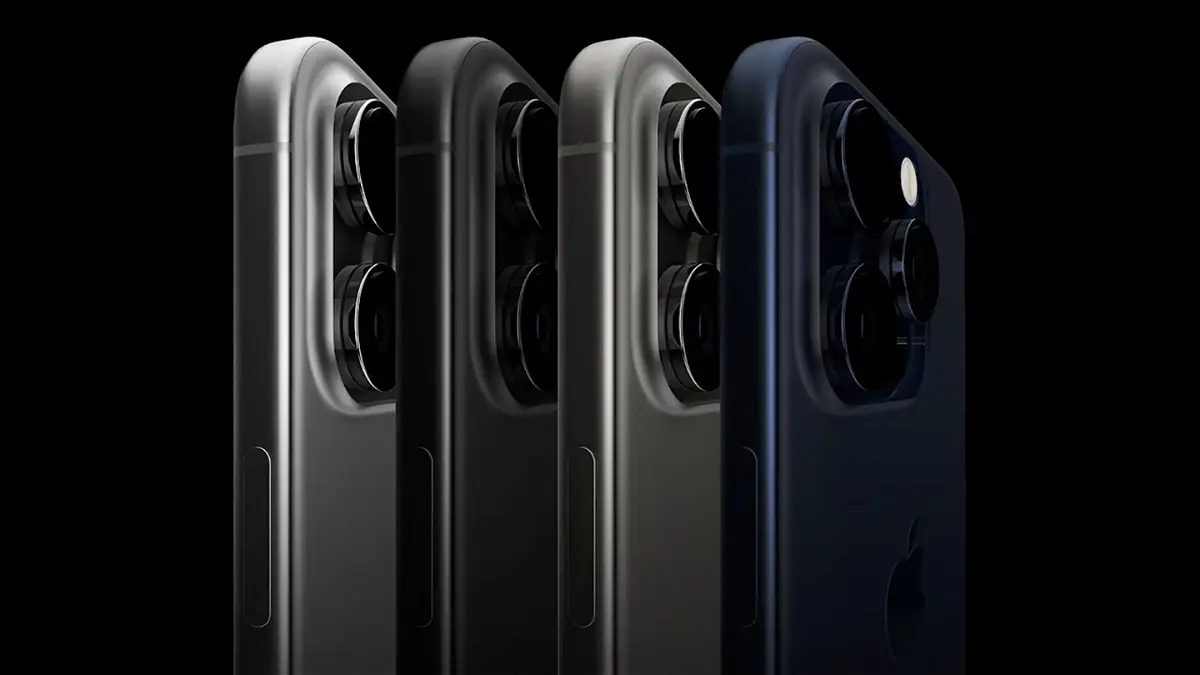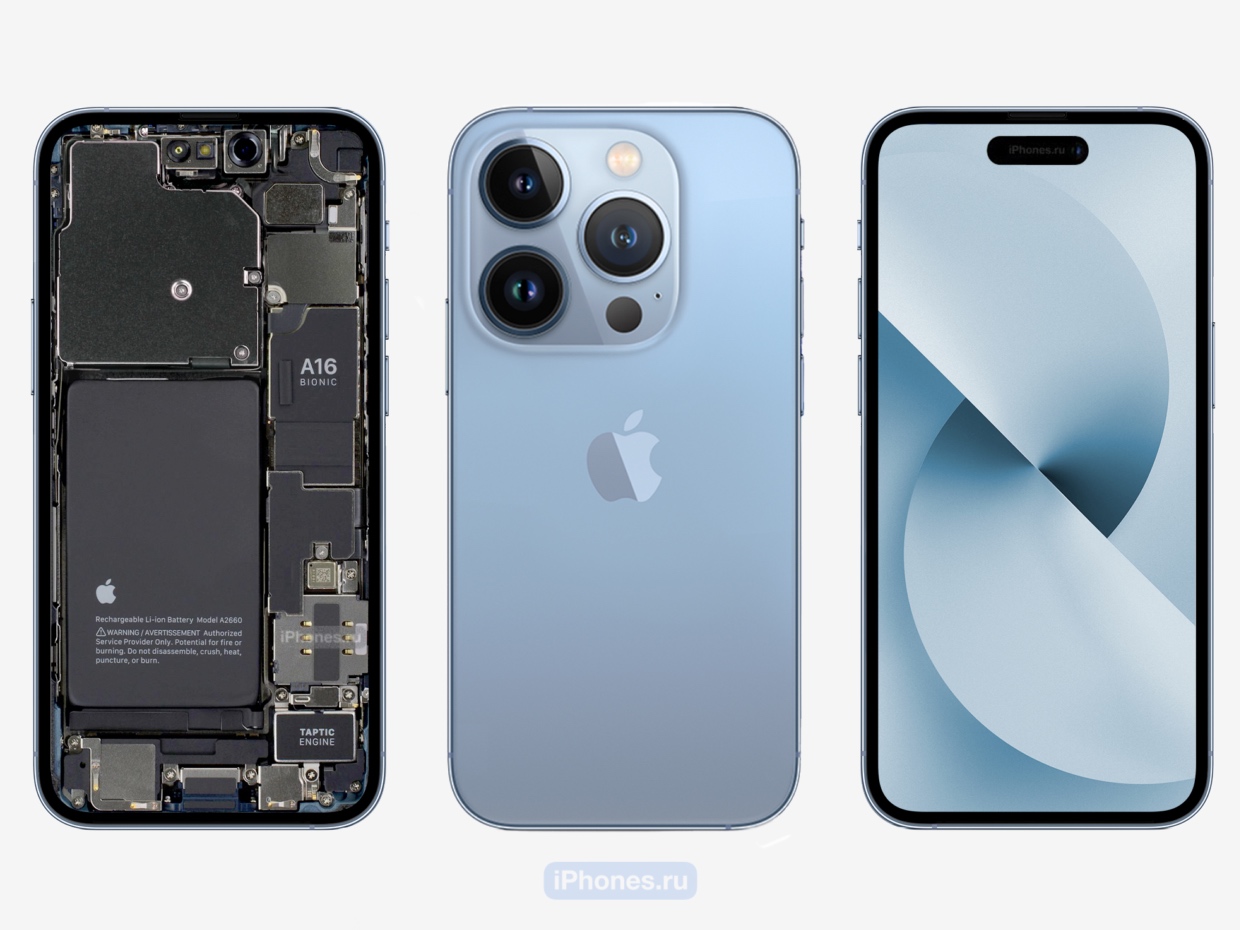Scientists have just discovered that science has been wrong for years about one of the… craters of the moon What other information could it give us about our satellite? This sounds pretty bad, but it’s actually great news. You have to know how to look on the bright side of things, and in this case it’s literal, as the bug placed the launch of the crater materials in a direction that would be difficult to explore, when the reality is that they are located right at the point where the mission is expected to land in 2027. Artemis III. Error points to the positive side.
This new discovery will add a new item to the Artemis mission astronauts’ to-do list. Now they also have to study composition of materials that were sent as a result of a large asteroid impact shortly after the formation of the Moon.
This impact created one of the most important craters on the Moon, both in size and age. Knowing what happened at the dawn of our satellite can give us useful information. even from the Earth itself. Until now, the materials ejected from the formation of this crater have been prohibited, but in fact they will be served to Artemis’s ship on a platter. It wouldn’t have worked out so well on purpose
How was the Moon formed?
Before we talk about the cratering of the Moon, it is important to know how the Moon itself was formed. Everything happened back 4.46 billion yearsWhen Theiaa protoplanet the size of Mars collided with Earth, which was also in the early stages of its development.
The impact released a large amount of terrestrial material, which gathered together with Theia’s remains, giving rise to a satellite that would orbit the Earth forever. The crash was so colossal that it released a huge amount of energy. So much so that all the ejected debris melted, so that within the first million years the Moon was covered magma ocean.
True, there is some doubt as to whether anything else could have happened. In this scenario, it would make sense for the heavier minerals to sink to the bottom and the lighter minerals to remain on the surface. Almost everything that has been studied on the Moon since then fits this hypothesis, but there is one confounding factor: olivine. It’s a mineral very heavyconsisting of a silicate of some metal, for example magnesium, iron or nickel. There is a lot of it on the lunar surface, so there may be something else going on that hasn’t been discovered yet.
What can the craters of the Moon tell us?
Despite olivine, the most generally accepted hypothesis for the origin of the Moon remains the magma sea hypothesis. It’s possible that something else happened to cause so much olivine to form on the surface, but all that molten material can’t be ruled out. However, it is well known that today the lunar surface completely rocky. This is because over the years all this magma has cooled and hardened.
At first the Moon was a smooth rocky surface. However, from time to time a meteorite fell into it, which led to the famous craters of the moon. The oldest and largest of these may have formed 4.3 billion years ago, when the Moon was only 160 million years old.
A satellite 10 times larger than the one that destroyed the dinosaurs crashed into the far side of the Moon, creating a large crater known today as South Pole – Aitken Basin (SPA). Its width is about 2,500 kilometers and its depth is up to 8 kilometers. Its size is colossal, but that’s not the most interesting thing. The most curious thing is that the impact was able to throw a large amount of magma out of the sea. radioactive material, called “potassium, rare earth elements and phosphorus” or CREEP.
Studying these KREEPs could give us much more information about the dawn of the Moon and therefore our own planet. We can know what happened in this sea of magma. Perhaps it could even provide an explanation for the olivine mystery. But, unfortunately, these materials ended up in a place that is difficult to study. Or so we thought.
For many years it was believed that the asteroid The moon struck from the south the release of all these materials to the northern edge of the satellite. However, a new study conducted by scientists from University of Arizonaindicates the complete opposite. The direction was south. Directly to the place where he, coincidentally, should land. Artemis III in 2027.
How did they come to this conclusion?
These scientists came to this conclusion after analyzing other craters in the solar system, such as Hellas from Mars and Satellite from Pluto. Like spas, these craters have teardrop shape, with a rounded tip and a much thinner tip. The study authors found that the thin part always points toward the debris ejection site. Like an arrow.
If so, then the asteroid hitting the Moon must have sent the CREEPS south. It was a good clue, but the authors of the study published this month wanted to know more. For this reason, they turned to old observational data for Lunar ScoutNASA spacecraft that orbited our satellite between 1998 and 1999. He is not only behind such discoveries as the possible existence of frozen water in the craters of the Moon. He also made some very interesting measurements.
The results of these measurements are available to scientists who want to analyze them today, so it was not difficult for them to verify that the orbiter detected high levels of radioactivity near the southwestern edge of the crater. This happened due to the large number thoriumone of the main components of KREEP.

More work for Artemis III
Since radioactive materials were launched towards the landing pad of Artemis III, it is clear that this will be one of its new research goals. In principle, this would be in 2027, although it is possible that the mission may have to be delayed if any previous problems arise. Regardless, it’s clear that the discovery of this bug was great news. Not everything will always be a disaster.
Source: Hiper Textual




